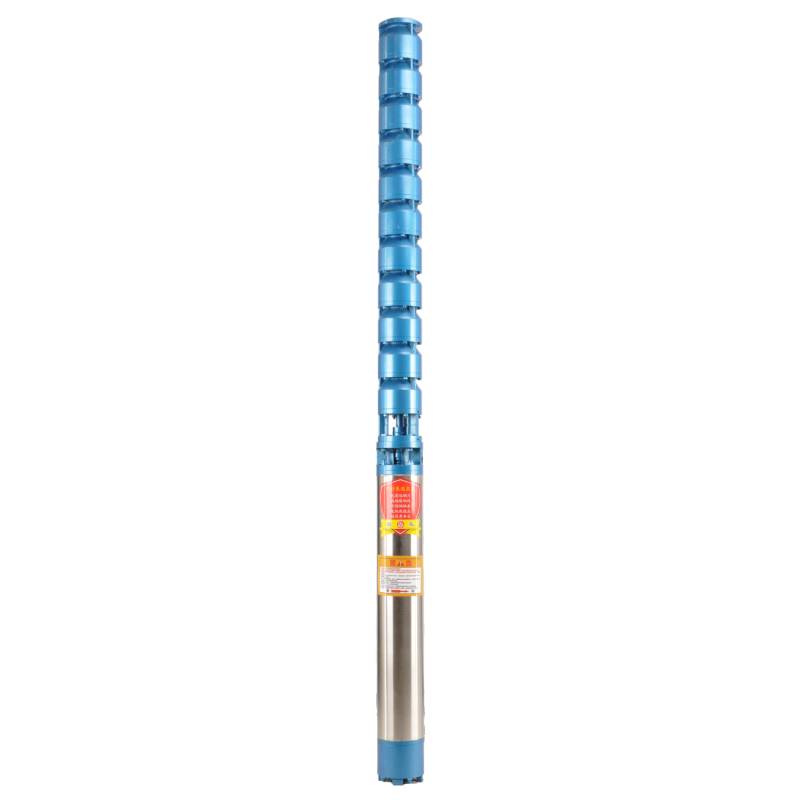9 月 . 24, 2024 17:48 Back to list
Submersible Pump Management System for Efficient Operation and Control Solutions
Understanding Submersible Pump Control Boxes
Submersible pumps are widely used in various applications, including groundwater extraction, sewage disposal, and irrigation systems. To ensure their efficient operation, particularly in challenging environments, control boxes are of paramount importance. This article delves into the significance and functions of submersible pump control boxes, how they work, and some crucial features to consider when selecting one.
What is a Submersible Pump Control Box?
A submersible pump control box is an electrical device designed to manage the operation of submersible pumps. These boxes house necessary components such as circuit breakers, relays, and timers that facilitate the safe operation of pumps submerged in water or other liquids. By controlling various electrical functions, the control box helps protect the pump from operational hazards, including overload, short circuits, and temperature variations.
Key Functions of Control Boxes
1. Motor Control The primary function of the control box is to start and stop the pump motor. This function is typically controlled by a float switch, which activates the pump when the water level rises and turns it off when the desired level is reached.
2. Protection Features Control boxes often include built-in protective mechanisms to prevent damage to the pump and surrounding systems. For instance, overload protection cuts off the power supply if the motor draws too much current, which can indicate a fault or blockage. Thermal overload protection prevents the motor from overheating, ensuring longevity and reliability.
3. Control of Multiple Pumps In systems with more than one submersible pump, control boxes can manage the operation of multiple pumps simultaneously. This feature is particularly important in commercial or industrial settings where water management is critical.
4. Communication and Monitoring Many modern control boxes come equipped with communication capabilities, allowing operators to monitor pump performance remotely. Some advanced systems provide real-time data regarding pump status, efficiency, and maintenance needs, which can significantly reduce downtime and increase operational efficiency.
submersible pump control box

Key Features to Consider
When selecting a submersible pump control box, there are several features to assess
- Construction Material Given that these boxes are often exposed to moisture and varying temperatures, they should be made of durable materials resistant to corrosion and environmental stressors.
- Size and Configuration Depending on the application and the number of pumps being controlled, the size and configuration of the control box should match the specific needs of the installation site.
- Ease of Installation Choose control boxes designed for easy installation and maintenance. Some models come with pre-wired connections, which can simplify the setup process.
- Programmability For systems requiring specific pump operation schedules, opting for programmable control boxes can enhance functionality and efficiency.
Conclusion
Submersible pump control boxes are vital components that ensure the effective and safe operation of submersible pumps. By providing motor control, protection features, and monitoring capabilities, they play a crucial role in maximizing pump performance and longevity. When selecting a control box, understanding its functions and features can help optimize pump operations in various settings, from residential to industrial applications. As technology advances, we can expect even more sophisticated control systems that will further enhance the efficiency and reliability of submersible pumping solutions.
-
Your Guide to Deep Well Pumps
NewsOct.31,2024
-
Why Choose a Stainless Steel Deep Well Pump?
NewsOct.31,2024
-
Understanding Water-Filled Submersible Pumps
NewsOct.31,2024
-
Understanding SS Submersible Pumps
NewsOct.31,2024
-
Reliable Submersible Well Pumps for Your Water Supply Needs
NewsOct.31,2024
-
Choosing the Right Submersible Pump for Your Water Management Needs
NewsOct.31,2024
-
 Understanding Water-Filled Submersible PumpsWhen it comes to selecting the right pump for your water management needs, understanding the different types available is crucial.Detail
Understanding Water-Filled Submersible PumpsWhen it comes to selecting the right pump for your water management needs, understanding the different types available is crucial.Detail -
 Guide to Installing a Deep Well Submersible PumpWhen dealing with deep wells, a deep well submersible pump is often the most effective solution for extracting water from significant depths.Detail
Guide to Installing a Deep Well Submersible PumpWhen dealing with deep wells, a deep well submersible pump is often the most effective solution for extracting water from significant depths.Detail -
 Finding the Right Submersible PumpWhen seeking an efficient solution for pumping water from deep wells, sumps, or other applications, the submersible pump is a leading choice.Detail
Finding the Right Submersible PumpWhen seeking an efficient solution for pumping water from deep wells, sumps, or other applications, the submersible pump is a leading choice.Detail
